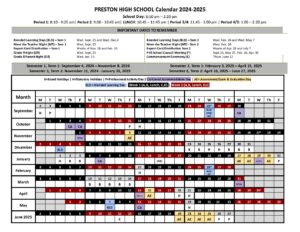Math notes….it’s just not enough to write only the answer. Answer to what question? What was the problem you were trying to solve? And did you solve the question successfully? If you take only partial notes, who knows? Math can be a logical, step by step process, but if you haven’t written the steps down, then you can’t follow them!
Always start by writing down the title of the lesson. If you don’t know the title, ask the teacher.
Write down the math problem and each step in the solution using math symbols. Next to each step, write down in your own words exactly what you are doing. It can be helpful to use a different colour of ink for this.
Example: You are required to write equation y= 3x + 1 in standard form, 3x – y + 1 = 0
Y = 3x + 1 write the equation exactly as it appears in the book
Y – 1 = 3x + 1 – 1 take 1 away from both sides
Y – 1 = 3x write what it looks like now
Y – 1 – 3x = 3x – 3x take 3x away from both sides
-3x + y – 1 = 0 rearrange to be in standard form
-1(-3x +y –1) = -1(0) multiply both sides by –1 to make the –3 positive
3x – y +1 = 0 standard form!
Another way to use colour is to use a different colour for every line in the solution. This is really useful if you have trouble following your own writing, or if your eyes drop down to the wrong lines when you are reading.
Write a question mark next to anything you don’t understand. Ask the teacher to explain the parts where you have written your question marks. Don’t just let it go, thinking that you will figure it out later.
Before you start your homework, highlight in colour the titles you have written in your notes. The highlighted information will help to give you the “big picture” of what you are doing.
Remember, do all homework problems, not just some of them! You can’t guess which questions will be checked or taken up! And, you’ll get valuable practice to boot.
Give yourself lots of room to write the equations on your paper. Follow the process your teacher has taught you. Is it “Let x represent…”, or maybe, “Given…RTF…” or even a simple “GUESS” structure? These processes put order and format to your thinking, and make sure you haven’t left anything out. Drop down a line for every step, and write as neatly as you can. Leave a blank line between questions. If you are worried about wasting paper, divide your page into two columns, and put an equation in each column.
When you are studying, you will thank yourself for being tidy. It is very hard to read messy work, and your brain will give up long before it should!
Categories: Spec Ed Tags: Hey Students · Math · Taking Notes













